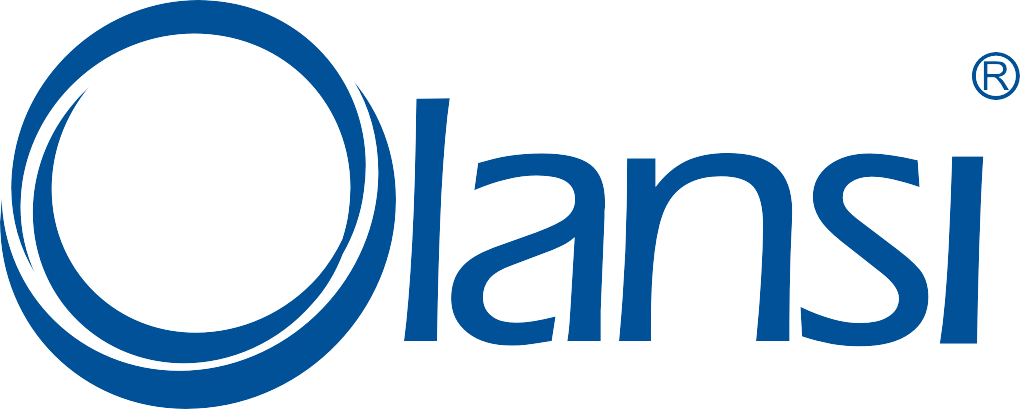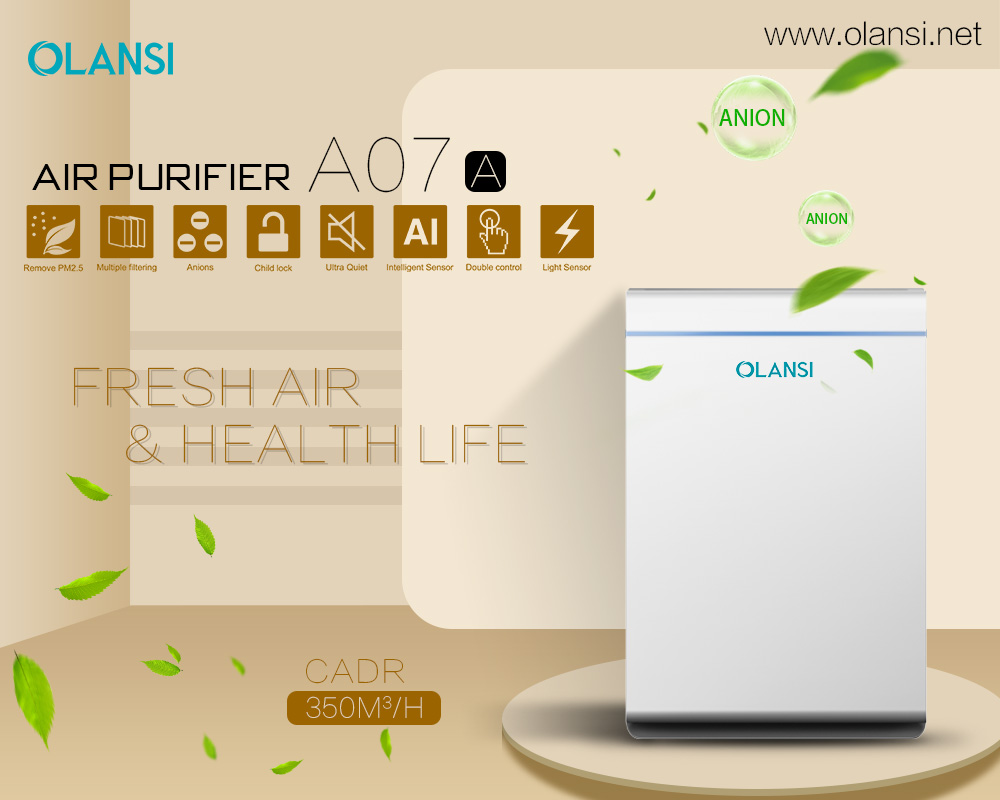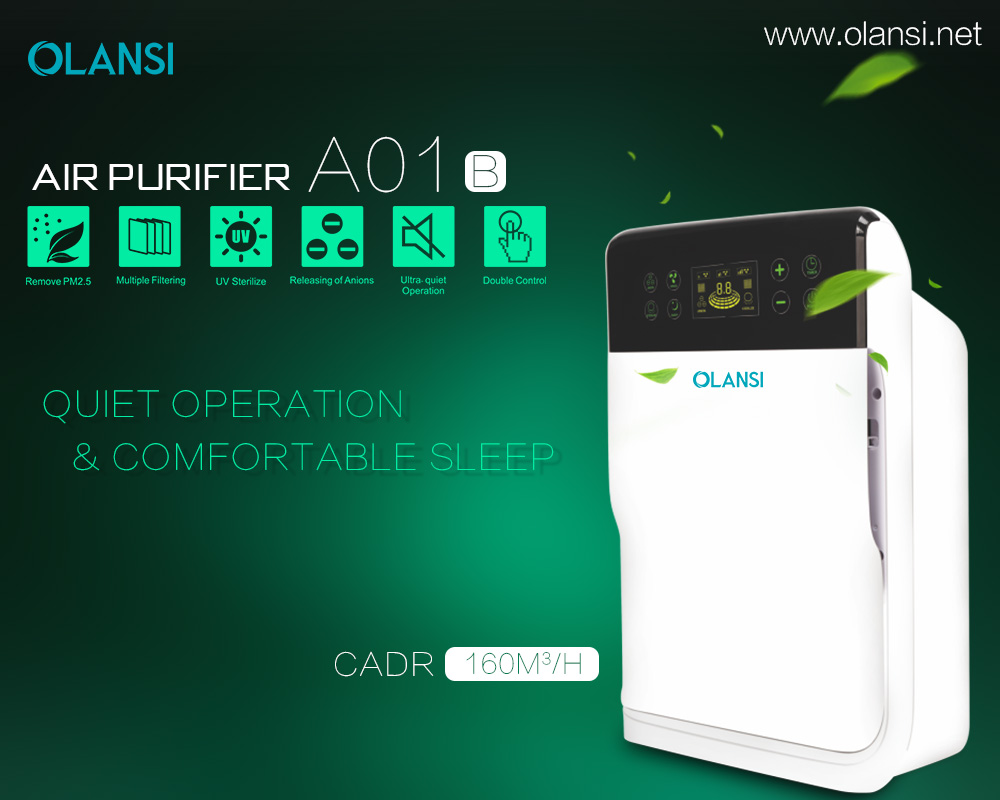The harmful effects of air pollutants in the office and how air purifiers can reduce existing hazards
Indoor environments have been known to contain a higher number of air particles due to the nature of conventional air current patterns. An EPA report indicates that a more significant percentage of American residents spend as large as 90% of all their time indoors. These periods are spent either in the home or in the office.
This article will be focusing on the air quality around offices and how it can be made better. The bulk of the air pollutants present in an office environment can be attributed to some of the operational activities around such environments. But whatever the cause of air pollution, there are various steps you can take to improve the air quality. One way you can achieve this goal is by making use of a high-quality air purifying device. Let us, however, focus on the reality of living with contaminants in an office air space, and how those contaminants can quickly affect our health as employees.
The air within Office Buildings and the Unique Challenges
The quality of air within and around an office is relevant for various reasons that are transcends the amount of time one spends at the office. According to multiple studies, air circulation and flow are some of the essential factors that determine the quality of air in an indoor environment. Air circulation bothers on how often indoor air are replaced by outdoor air. So if air circulation inside an office building is of poor quality, air pollutants are likely to build up over time and become more harmful to the inhabitants of that space.
Outdoor pollution may not be as dangerous as the one that occurs indoors. That is because if a volume of air is polluted outdoors, that volume of air is bound to diffuse to other areas where the concentration of air particles is less. It implies that you are bound to have less amount of air pollutants in the surrounding air outdoor than you would for an indoor environment. This simple airflow logic is what air purifiers use to rid any indoor space of air pollutants. It uses the fact that outdoor is much cleaner than indoor air.
The 1970 energy crisis compounded the air pollution challenges experienced by huge office buildings. Due to energy conservation principles back then, only a certain quantity of air was allowed indoors, to maintain a reasonable amount of temperature during winter and summer seasons. Old and new buildings alike can suffer from this poorly regulated airflow. That could prove to be a severe problem if you work in such environments.
Common Pollutants That Can Be Found Within An Office
The kind of air pollutants that are present within an office environment is very much similar to what you will find in a residential apartment. They only differ in their level of concentration. The safety experts have confirmed that specific health conditions like asthma and allergy reactions have been traced to particular air contaminants around indoor environments. They went further to say exposure to elements like radon and asbestos are dangerous because their effects are not immediately felt but are mostly experienced over a while, which could eventually lead to cancer.
These safety experts have equally warned that air pollutants like dust from renovation or construction sites, cleaning supplies, mold, pesticides, as well as other air-borne chemicals are similarly dangerous and should also be avoided at all costs.
The air quality around your office may differ from the air quality in your house due to specific factors that are beyond your control. Those factors could comprise a smoking lounge or even pollutions resulting from work activities.
In places where renovations have just been carried out on, the quality of air can be impacted by the VOCs build-up from paints, carpet, furniture, paper supplies, and cleaning reagents. These are usually in higher concentrations in office environments than they are for residential settings. And the sad thing is that such office environments can become a breeding ground for viruses and bacteria, where they can be spread through air conditioning systems. A good example will be the incidence that occurred in Philadelphia, where contaminated water became the transmission medium for spreading bacteria through an AC system. A total of 29 persons ended up dying from the infection that resulted.
There are other subtle illnesses that one has to be aware of. They make up the sick building syndrome list, according to health researchers. These illnesses could range from dizziness, headache, nausea, throat, nose, and eye irritations, to itchy skin, dry skin, concentration difficulty, fatigue, insensitivity to odors, cold, and flu-looking symptoms. While researchers may not be sure about the distinct causes of these symptoms, it is established that they do reduce the productive capacity of an employee.
Inhaling indoor air with inferior quality is not only going to affect your health, but it is also going to reduce your work performance, according to a recent Harvard study. The researchers also concluded that increasing the ventilation rate in office space by double can increase the productivity of an employee.
By now, you should be aware of the multiple threat employees are exposed to when they work in a space where the air particles are already contaminated. Like it was rightly pointed out in the course of this article, poor air quality will not just affect the employee’s health, but it’s equally going to reflect on the overall productivity output at the end of each business quarter. The issue of employees sniffing in poor quality air should not be treated with kid gloves any longer. Do yourself a whole world of good by getting an air purifier for your employees so that they can give you their best in return.
For more about air purifier,you can pay a visit to olansi air purifier at https://www.olansi.net



